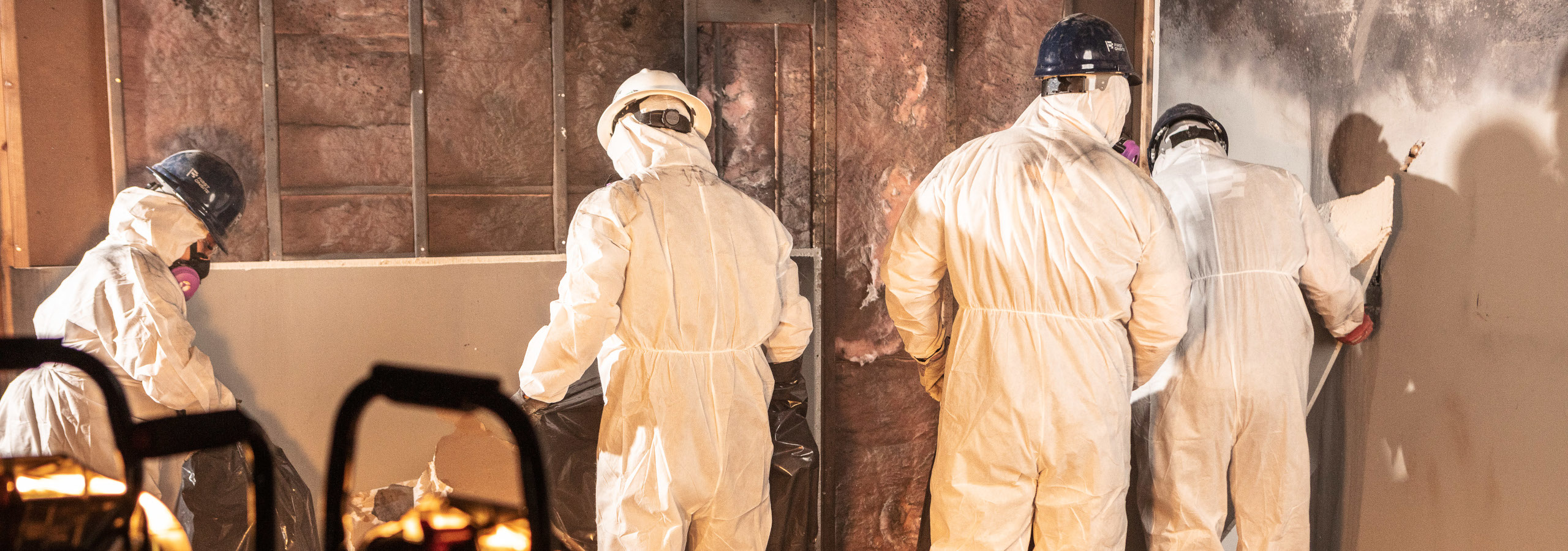Experiencing a house fire of any severity can be a truly shattering experience. It can quickly throw a homeowner’s life into chaos and evoke a torrent of emotions. Hardest of all, in the midst of the turmoil, life-changing decisions that can affect a homeowner’s personal and financial affairs for years to come must be made.
Nonetheless, with some precautionary steps before disaster strikes and carefully calculated moves afterwards, getting back to normal after a house fire is possible.
Know the Risks
In the United States, most residential fires are started by human error when using everyday home items typically considered to be safe.
Items in the home that commonly start fires:
- Kitchen appliances
- Heaters, boilers and furnaces
- Cigarettes and other smoking paraphernalia
- Candles
- Electrical wiring
- Lithium batteries
- Extension cords
- Natural gas canisters, chemicals or accelerant-soaked rags
Be Prepared
While mistakes do happen, most accidental house fires can be avoided with some basic acts of preparation and awareness. Identifying risks and practicing precautionary behaviour go a long way in keeping a home safe and fire-free.
Key things owners can do to prevent home fires:
- Check smoke alarms and their batteries at least twice a year.
- Keep easily accessible fire extinguishers available and be sure all members of the household know how to operate them.
- Establish and practice a fire escape plan for how occupants will exit a home.
- Keep exit points clear and devise a backup evacuation plan should an exit be blocked.
- Pay full attention when cooking, and ensure all kitchen appliances are properly operated.
- Only use space heaters, kerosene lamps and candles under close supervision.
- Leave any electrical wiring repairs to the professionals.
- Check that extension cords are sufficient for their intended purpose.
- Make sure the area around the home is free of flammable debris and clutter.
- Know how to turn off home utilities at a moment’s notice.
